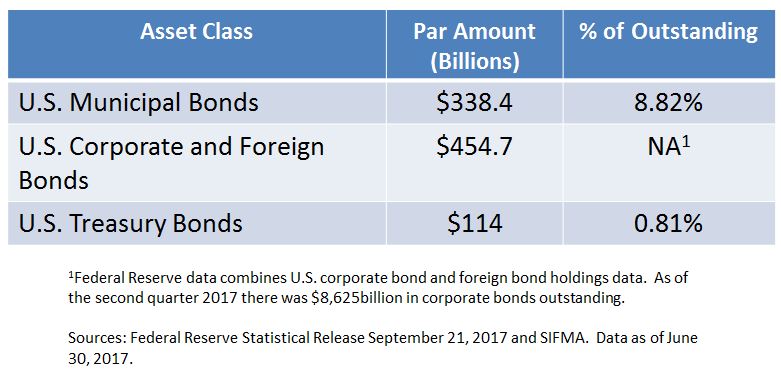Last week, readers of the Financial Times were regaled by suggestions that capitalization-weighted index funds were “hugely biased,” “undiversified,” and “too trusting of the market’s judgment on a handful of very large stocks.” Criticisms of cap weighting aren’t new, of course, and at least in the near term seem not to have been very effective at deterring flows into passive strategies. Nonetheless it may be worth asking how cap weighting achieved its prominent role in the investment firmament.
It was not, we hasten to say, because a handful of index providers decided to foist a flawed concept on the unsuspecting masses. Indices began when journalists and stock exchanges wanted to communicate how the stock market had performed. This raised an obvious question: how to combine the returns of a number of individual issues to summarize “the market?” Combining returns requires choosing how each individual stock’s return is to be weighted.
There are a number of ways to weight individual returns, some more computationally convenient than others. A comprehensive capitalization-weighted index will tell us the performance of the average investor, weighted by the amount of capital invested. That is the key informational attribute that makes capitalization-weighted indices economically useful. Note that this has nothing to do with index funds. The S&P 500 launched in 1957, and its earliest cap-weighted predecessor in 1923, long before anyone thought of using indices as the basis for investment products.
Serendipitously, however, capitalization weighting turns out to have three characteristics that make it particularly attractive for index fund managers:
- It is, in economists’ jargon, “macro-consistent.” If they wanted, all investors in a market could each hold a cap-weighted index fund. Doing so does not require an offsetting tilt from another investor. (In contrast, e.g., if I want to tilt toward value, someone else has to tilt toward growth.)
- Cap-weighted portfolios are relatively easy to maintain. Unless the underlying index changes, a properly-constructed cap-weighted index fund is not required to transact. Other weighting schemes (e.g., equal weighting or factor weighting) inherently require more turnover.
- Sharpe’s famous “Arithmetic of Active Management” concludes that “after costs, the return on the average actively managed dollar will be less than the return on the average passively managed dollar.” The average passively managed dollar, in this formulation, is capitalization weighted. Sharpe’s analysis does not hold for any other weighting scheme.
None of these arguments imply that capitalization weighting is appropriate for all investors in all circumstances. But its popularity is not arbitrary or inexplicable. We live in a capitalization-weighted world, and cap-weighted index funds are a simple reflection of that reality. The law of gravity does not require our consent for its efficacy. Neither does capitalization weighting.
The posts on this blog are opinions, not advice. Please read our Disclaimers.
















